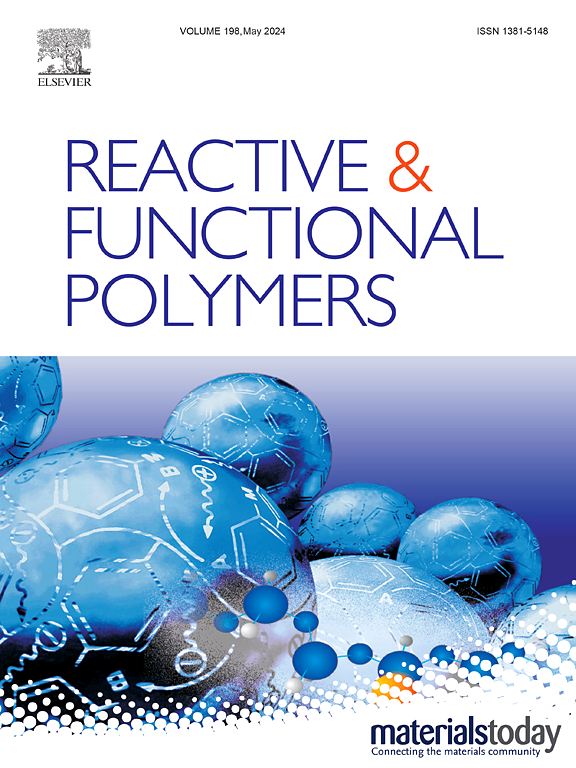RAFT polymerization assisted P(NIPAm-co-AAc)-AEMR integrated PVA hydrogels: Dual responsive features, texture analysis, and cytotoxicity studies
Abstract
Modified P(NIPAm-co-AAc) copolymers are prepared using Radical Addition Fragmentation Chain Transfer (RAFT) copolymerization by varying the concentration of castor oil sourced acrylated epoxy methyl ricinoleate (AEMR). Subsequently, hydrogels are prepared by integrating copolymers with polyvinyl alcohol (PVA) via freeze-thaw process. The employment of RAFT polymerization yielded copolymers with dispersity (D) value of 1.2–1.3 revealing the formation of structurally well controlled polymer chains. The lower critical solution temperature (LCST) of the copolymers (∼30–35 °C) are tuned to the range of physiological temperature (∼37 °C) in PVA hydrogel system. Temperature dependent viscoelastic properties indicated that the characteristics of copolymeric solutions and hydrogels are composition dependent while undergoing noncovalent interactions and the conformational changes and the samples showed extremely elastic behaviour beyond LCST. Swelling ratio of hydrogels are also found to be pH dependent, which displayed higher swelling ratio in alkaline and reduced swelling ratio in acidic medium. Cytotoxicity studies with L929 cells showed that the copolymers and hydrogels exhibited desirable biocompatibility, which gets improved with AEMR concentrations. Thus, these dual responsive PA-AEMR-PVA smart hydrogels can be used as a viable functional material for possible bio-medical applications.


 求助内容:
求助内容: 应助结果提醒方式:
应助结果提醒方式:


